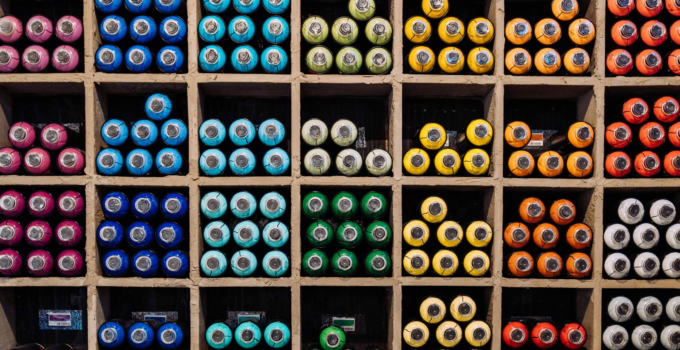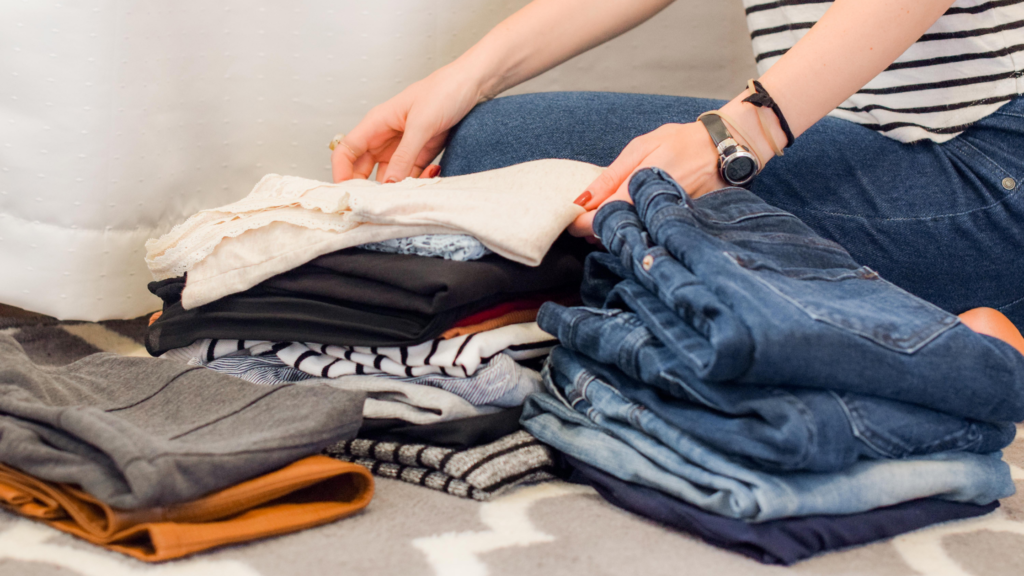Here’s something I’m inordinately proud of: I’m a Marie Kondo hipster. I read The Life-Changing Magic of Tidying Up shortly after it was published. I guess I’m not a total hipster about it, since it was instantly popular, but I can claim that I had Kondo’d my apartment long before the Netflix series. Anyway, the book opened my eyes to some weird beliefs that I had about my stuff. So here are 5 lessons Marie Kondo taught me.
A note about this: I’m not giving a comprehensive round-up of everything you can glean from the book/method. Mostly because it’s been over 5 years since I read the book. This is a summary of how Marie Kondo’s process is still impacting my life half a decade later.
Belongings =/= memories
This was the biggest shift in perception for me. I am a deeply nostalgic person. I’m still upset that TSA confiscated a pair of my scissors. I had had those scissors since fourth grade. I was 26 when they were confiscated.
But reading her book made me realize that memories live in my brain, not in the things around me. And while I haven’t thrown out all my nostalgia clutter, I’m much more likely to get rid of it. She also had a great recommendation of taking a picture of something before getting rid of it. It’s allowed me to still have a tangible reminder of a time in my life while still letting someone else get some use out of the item.
This is an ongoing process, of course, but it means I only have one (well, one that’s unorganized… two and a half total) boxes of nostalgia clutter instead of…well, I’m not sure how much I had before. But rest assured that it’s more than 2.5 boxes.
You are not in charge of other people’s memories
This is a lesson that didn’t have immediate impact on my life, but one that has lasting power. She makes the point that the joy of a gift is in the giving. And you are not obligated to keep something just because someone gifted it to you.
This has been useful for me as my adult life has progressed. I’ve been able to let go of belongings that I was keeping out of a sense of obligation. I’ve also read a number of stories of people who inherit huge amounts of stuff. They are left not knowing what to do with it – rotating between not wanting it, feeling guilty about not wanting it, and not knowing how to talk themselves into getting rid of it.
This is where Kondo’s principle of “letting someone else get joy out of a thing” comes into play. Letting unwanted belongings out of your home might let them into someone else’s home – someone who truly wants that thing.
Stuff to fit the space, not the other way around
The Container Store is a dangerous place. They have storage solutions for EVERYTHING! But Marie Kondo is adamant that we need to pare down our stuff to fit our space – NOT create more storage space for our stuff.
I agree with this mentality. We bought a big shelf unit for our apartment in Berlin, and I bought one container for fabric. Any fabric that didn’t fit in the container, went. Right now, I own less project-less yarn and fabric than I have in my life. But I see it as an opportunity! Now, if I want to start a new project, I have the space (mentally and physically) to bring new fabric into my life.
There are obviously exceptions – we didn’t hesitate to create storage solutions for our clothes when we moved to Berlin and learned they don’t do closets here.
Folding horizontally is actually a clutch move
Marie Kondo is big on respecting your belongings. One of the ways this comes to life is how you fold your stuff. She suggests folding everything into rectangles and standing them on a small end, stacking them horizontally in a drawer.
You guys. This is a seriously clutch move. (It’s exciting enough that it made my 5 Lessons from Marie Kondo list!) I only do it with my tops, but it’s SO nice not to have to dig through a pile of folded clothes to get to the one at the bottom. I’ve also started putting my clean clothes at the back of the drawer. At the end of the season, if something has been hanging out at the front of the drawer, unworn, I know it’s time to consider bidding it farewell.
You don’t have to take her literally
I don’t know if you noticed, but in every point in this list, I’ve mentioned a way that I’ve adapted the KonMari method for my own uses. And I think that’s something that gets lost in discussions of the method: you don’t have to follow the method to the letter to benefit from it.
At the end of the day, Marie Kondo developed a system for tidying up that works for her. And she wrote about the method and her philosophy that drives it – and people found value in it! But she doesn’t know you, or me, and so her method doesn’t fit perfectly.
For example, there is no way in hell that I will be folding my socks. They can be paired and balled, thank you. And she also has this thing about not needing tools, but you can pry my powertools out of my cold, dead hands, lady.
So just remember: these are 5 lessons I’ve gotten from Marie Kondo, but you might have a different experience. For what it’s worth, I think her book is worth a read.




